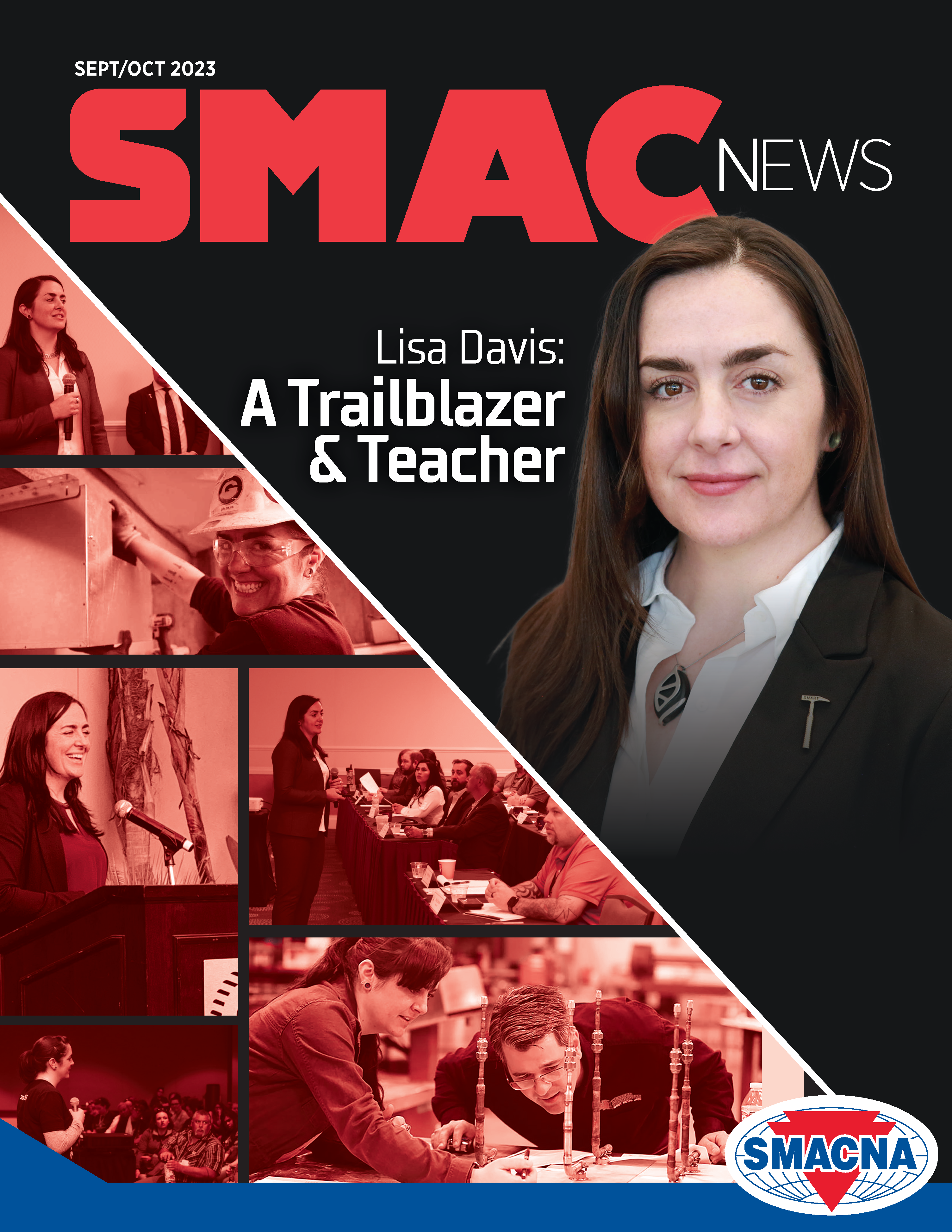Budget & Forecast Your Way to a Profitable 2024
Because private companies don’t face the same scrutiny and reporting requirements as their public counterparts, the budgeting and forecasting process is often overlooked or underutilized by many construction companies.
Because private companies don’t face the same scrutiny and reporting requirements as their public counterparts, the budgeting and forecasting process is often overlooked or underutilized by many construction companies. But, in reality, a strong financial budget and cash flow forecast should be the backbone of every decision your company makes.
For fewer budgetary surprises in 2024, follow these steps to a well-executed cash flow budgeting and forecasting process.
Planning Your Budget
Budgeting starts with planning.
The most commonly used situational analysis is SWOT, which helps business leaders evaluate strengths, weaknesses, opportunities and threats in relation to the company’s overall objectives. This can help you determine how to allocate resources, what budget items to prioritize, where to look for risks, and budgeting best practices.
It is important that your budget planning also includes a competitive market analysis. Construction advisory firms like Grassi can provide benchmarking reports that compare your company’s key performance indicators (KPIs) to that of its peers and identify improvements. Look at what competitors are doing in terms of layoffs, consolidations and other headline-making developments — there may be lessons to learn and opportunities to seize.
Forecasting Cash Flow
A contractor’s budget should cover 18 to 24 months and be paired with a fluid, cash flow model that projects 6 to 12 months of cash flow and is continually monitored throughout the year. When periods of cash constraint are identified, the contractor can take the necessary steps to identify other sources of cash or expense reduction. Times of surplus can be an opportunity to explore upgrades in technology, safety or other priority areas.
Various factors affect cash flow and should be evaluated as part of an effective plan. These include timely billing and collection procedures, disbursement procedures and project scheduling. The forecast should take into account the inevitability of change orders and consider how disputes can be identified early and resolved quickly.
Budget Methods
Once you have established the strategy and cash flow driving your budget, you will need to decide on the method to execute it. In top-down budgeting, senior management prepares a high-level budget based on overall company objectives, which is then passed down to managers for implementation. In bottom-up budgeting, the departments prepare budgets (based on the same company objectives), and the financial team or budget committee approves or disapproves line items.
Some companies also employ a zero-based budgeting method in their bottom-up process, whereby the departments start with a “clean slate” each year in order to ensure current priorities and goals are being addressed and necessary adjustments are being made.
In particularly uncertain times, flexible budgets can be useful to plan for different scenarios. These budgets allow for adjustments as the company experiences different levels of revenue, expenses or jobs than originally expected.
Communicating the Budget
Regardless of the type of budget method you choose, one crucial factor in its effectiveness is how well you communicate it to the entire company. Having buy-in from management and all levels of employees will help to ensure the budget is understood and upheld throughout the year.
Remember to reach out to your vendors, customers, lenders and other parties if you need to communicate requests for price concessions, quality improvements, delays or any other inevitable effects of the new budget. And don’t forget that all-important call to your CPA to help you identify the critical KPIs and other data required to build the most reliable budget and forecast.
For more information, please contact Ronald Eagar, partner at Grassi Advisors and Accountants, at reagar@grassicpas.com or 516.336.2460.
Published: October 30, 2023
IN THIS ISSUE
5 Reasons Why Belonging Matters
BE4ALL (Belonging and Excellence for All) lauched in December 2021. The initiative envisions a diverse, inclusive and unionized sheet metal industry that is welcoming and fosters belonging for all.
A Milestone Coup for Contractors
The Davis-Bacon Act final rule is a win for SMACNA members and quality-driven contractors bidding on federal and public works projects.
Budget & Forecast Your Way to a Profitable 2024
Because private companies don’t face the same scrutiny and reporting requirements as their public counterparts, the budgeting and forecasting process is often overlooked or underutilized by many construction companies.
Choose Your Social Media Platforms Wisely
Ready to add social media to your marketing strategy? Target the platforms that fit your business needs for best results
Duct & Cover
Hohler’s Furnace and Sheet Metal tackles the HVAC for a shooting range.
Everyone Is Invited — BE4ALL
Forget the quotas. No more arbitrary demands. The purpose of Belonging and Excellence for All (BE4ALL) is to meet real-world demands for the best, most qualified workforce available for the industry.
Fall Brings Positive Energy & Continued Focus
SMACNA's CEO talks about the need for SMACNA contractors to become as involved as possible in the political process and outlines some of the tools that have been provided by SMACNA's Government Affairs team.
Installing Sculpted Sheet Metal
Indianapolis-based Gainbridge Fieldhouse entrusts the installation of two new sculptures to SMACNA member.
Labor Board Issues Several Significant Decisions
Over the past month, the National Labor Relations Board (NLRB or Board) has issued several significant decisions, including expanded scrutiny of employer policies and handbooks, an expansion of what constitutes “protected concerted activity” and two
Lisa Davis: A Trailblazer & Teacher
Lisa Davis is the first woman administrator of the National Energy Management Institute and a voice for mentorship, opportunity and inclusion.
Look at the Entire HVAC System to Maximize IAQ & Gain a Competitive Advantage
SMACNA's President outlines the need for contractors to understand how to leverage their skills and resources to deliver maximum value to their clients while also meeting their operational needs in this ever changing environment.
SMACNA Endorses the IRS Tax Credit Direct Pay Rules & a SMACNA Issue Scorecard
The Inflation Reduction Act of 2022 (IRA), Public Law 117-169, not only introduced a range of new and enhanced clean energy-related tax credits, but also created two new ways for taxpayers and tax-exempt entities to monetize these credits.
Tackling One of the Largest Construction Projects in U.S. History
Pharmaceutical facility experience comes in handy during a job at an electrical vehicle battery manufacturing plant.
Welcome New SMACNA Members



